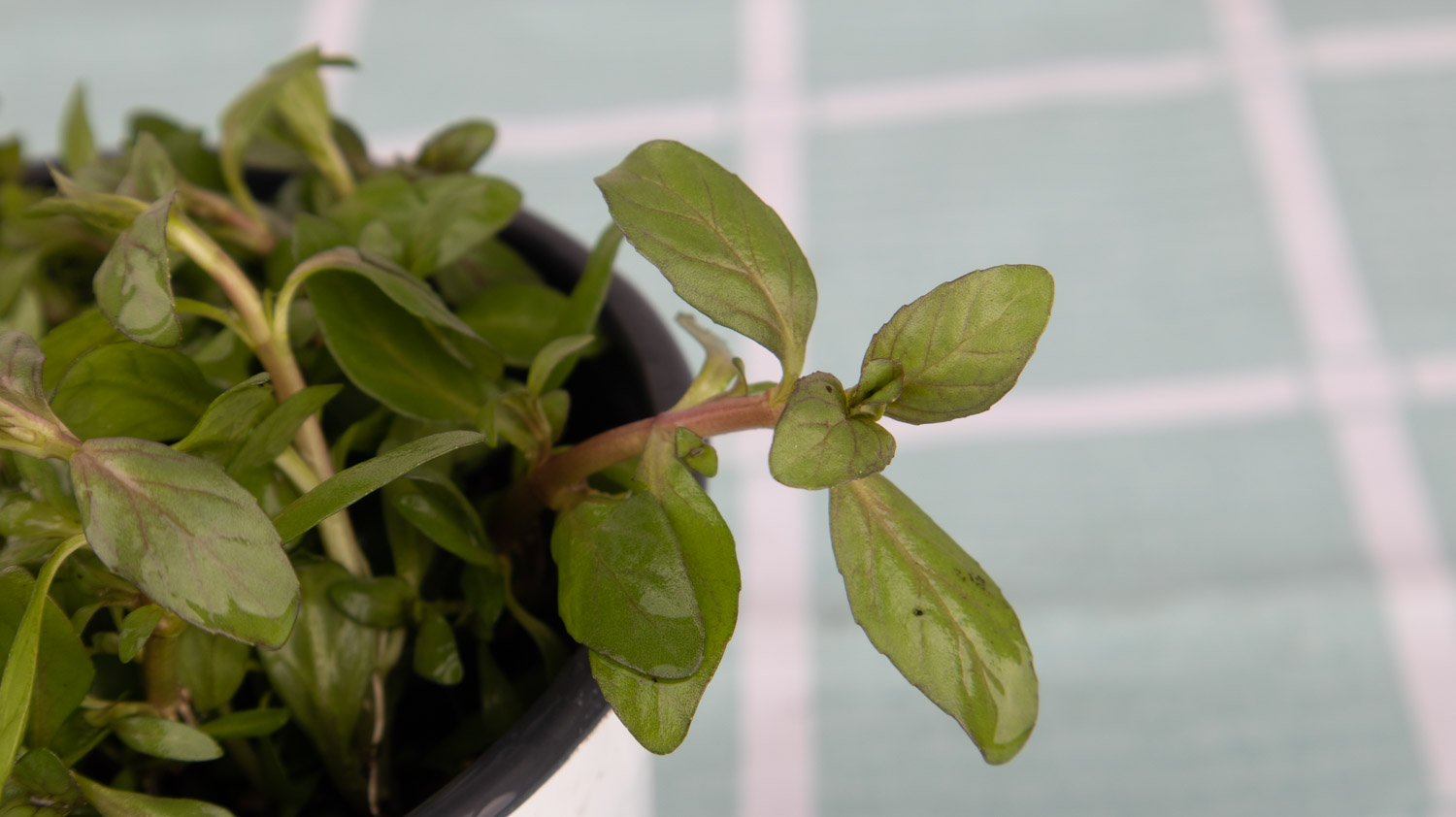1、 Breeding environment
1. Soil: Peppermint likes loose soil with strong air permeability, and its requirements for soil are not high
2. Light: the growth of mint needs sufficient sunlight. Even in summer, there is no need to shade. If the light is insufficient, it will grow in vain, and the leaves will stop growing and become very thin
3. Water: sufficient water can make peppermint grow better. Especially in the early stage of growth, there is a greater demand for water. It should be watered thoroughly at ordinary times. If the temperature is low in winter, the amount of water should be appropriately reduced
4. Temperature: the most suitable growth temperature is 25-30 ℃. If the temperature is lower than 15 ℃, it will grow slowly. At the appropriate growth temperature, as long as the water and fertilizer are reasonable, the higher the temperature, the faster it will grow

2、 Breeding method
1. Cutting propagation: cutting is the best from May to June. Cut a mint stem into 10cm cuttings, insert it into the seedling bed for watering, and transplant it after rooting and germination
2. Rhizome propagation: generally, it will be carried out in late April or late August. Select a relatively healthy plant as the mother plant, and then plant it. After harvesting the stems and leaves in early winter, the rhizome will remain in place as the seed plant

3、 Common diseases
1. Black shank: This is a very common disease, which mostly occurs in the seedling stage. After the onset, the stem base will turn black or rot. during the onset, chlorothalonil or carbendazim can be sprayed
2. Peppermint rust: usually occurs between May and July, and is sprayed with Triadimefon after onset


 how many times do yo...
how many times do yo... how many planted tre...
how many planted tre... how many pine trees ...
how many pine trees ... how many pecan trees...
how many pecan trees... how many plants comp...
how many plants comp... how many plants can ...
how many plants can ... how many plants and ...
how many plants and ... how many pepper plan...
how many pepper plan...



























